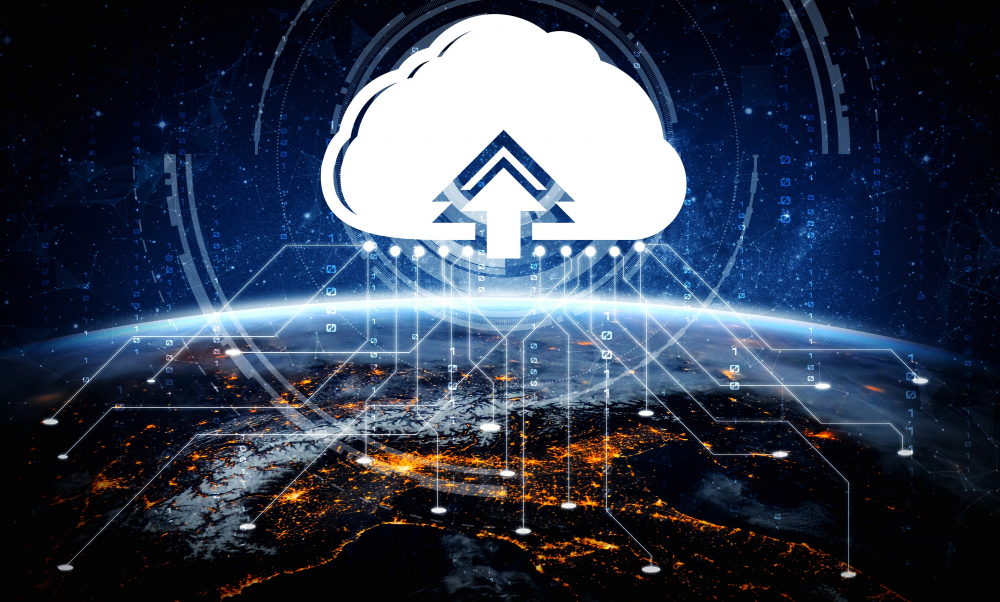Cloud-Native Integration with Serverless Architectures
AI-Augmented Cloud-Native Integration with Serverless Architectures: Revolutionizing Modern Systems
Introduction
In today’s fast-paced digital world, businesses are rapidly adopting cloud-native and serverless architectures to build scalable, agile, and cost-effective applications. These architectures decouple services, enabling independent development and deployment, reducing infrastructure management burdens, and allowing automatic scaling.
However, with these benefits come significant integration challenges. As microservices and serverless functions proliferate, orchestrating communication between them grows complex. Event-driven workflows multiply, observability becomes critical, and security concerns mount.
Enter Artificial Intelligence (AI) — a powerful ally poised to transform how cloud-native integration works, especially in serverless environments. By augmenting integration with AI, organizations can automate orchestration, predict and mitigate failures, optimize performance, and enhance security.
This blog explores the exciting frontier of AI-Augmented Cloud-Native Integration with Serverless Architectures, outlining the challenges, opportunities, use cases, and future outlook.
What is AI-Augmented Cloud-Native Integration?
Cloud-native integration involves connecting distributed applications and services that run on cloud platforms — often leveraging microservices, APIs, and event-driven architectures. Serverless architectures specifically allow developers to run code without managing servers, scaling automatically based on demand.
AI-Augmented Cloud-Native Integration means embedding AI and Machine Learning (ML) capabilities within integration layers to improve:
- Automation of workflows and routing
- Real-time analytics and anomaly detection
- Predictive scaling and resource optimization
- Security enforcement and compliance monitoring
By making integration intelligent, self-adaptive, and proactive, AI helps tame the complexity inherent in distributed, serverless systems.
Challenges in Traditional Serverless Integration
Despite serverless computing’s many advantages, integrating multiple serverless functions and services is not trivial:
- Complex Event Management: Serverless apps rely heavily on events, which can be asynchronous and out of order. Tracking and correlating events across services is difficult.
- Dynamic and Unpredictable Loads: Serverless platforms auto-scale, but sudden spikes can still cause delays or function throttling.
- Limited Observability: Traditional monitoring tools may struggle to trace and diagnose problems in ephemeral, stateless functions.
- Security and Compliance Gaps: Distributed serverless systems increase attack surface and complicate enforcing policies consistently.
- Manual Configuration and Maintenance: Integration pipelines often require manual setup and constant tuning.
How AI Empowers Serverless Integration
AI technologies address these challenges by introducing smart automation and insights across the integration lifecycle.
1. Intelligent Event Routing
AI models analyze incoming event data in real-time, determining optimal routing paths to backend functions or microservices. This dynamic routing minimizes latency, reduces bottlenecks, and improves throughput — especially in high-volume, multi-tenant systems.
2. Predictive Auto-Scaling
By monitoring historical usage and incoming traffic patterns, AI predicts spikes or drops in demand before they happen. This enables serverless platforms to scale resources proactively, maintaining performance while avoiding unnecessary costs.
3. Automated Anomaly Detection
Machine learning algorithms continuously analyze logs, metrics, and traces to detect unusual behavior or performance degradation. Early detection allows automated remediation workflows or alerts to engineers, minimizing downtime.
4. Self-Healing Workflows
Beyond detection, AI can trigger automated corrective actions — restarting failing functions, rerouting traffic away from problematic endpoints, or rolling back deployments — enhancing system resilience.
5. Enhanced Security and Compliance
AI-driven threat detection identifies suspicious access patterns, insider threats, or data exfiltration attempts in real time. Dynamic policy enforcement adapts to evolving threats, ensuring compliance in complex, multi-cloud serverless environments.
Real-World Use Cases
AI-Driven API Mesh for Serverless Microservices
In complex microservices architectures, AI-powered API meshes analyze traffic patterns to optimize communication paths dynamically, balancing loads and preventing service bottlenecks.
Predictive Load Balancing in Streaming Apps
Streaming platforms use AI to forecast viewer spikes, automatically adjusting serverless resources for seamless, buffer-free experiences.
Automated Compliance Monitoring
Regulated industries employ AI to continuously monitor serverless pipelines, automatically flagging compliance violations and generating audit trails.
Key Technologies and Tools
Category Tools / Platforms
- AI / ML Frameworks AWS SageMaker, Google AI Platform, Azure ML
- Serverless Compute AWS Lambda, Google Cloud Functions, Azure Functions
- Event Messaging Kafka, AWS EventBridge, Azure Event Grid, CloudEvents
- Observability & AI Ops OpenTelemetry, Datadog, Sumo Logic, New Relic
- Best Practices for Implementing AI-Augmented Serverless Integration
- Start Small and Iterate: Begin with AI-powered monitoring and anomaly detection before expanding to routing and auto-scaling.
- Design for Observability: Ensure logs, metrics, and traces are collected with rich context for effective AI analysis.
- Balance Automation and Control: Combine AI automation with human oversight to avoid blind spots or overcorrection.
- Secure Data Pipelines: Protect data flowing through integration layers to maintain privacy and compliance.
- Continuously Train Models: Update AI models regularly to adapt to changing workloads and threats.
The Future Outlook
The fusion of AI with cloud-native and serverless integration is driving the emergence of autonomous cloud architectures—systems that self-manage, self-optimize, and self-secure with minimal human intervention.
The rise of edge computing, where serverless functions run closer to users or devices, will further amplify the need for AI-augmented integration, given the distributed complexity.
Challenges remain, including AI model biases, latency in decision-making, and transparency. However, as AI and cloud-native technologies mature, their synergy will unlock unprecedented agility and resilience for modern enterprises.
Conclusion
AI-augmented cloud-native integration with serverless architectures represents a transformative leap in how distributed applications communicate, scale, and secure themselves. By embedding intelligence at the integration layer, organizations can overcome complexity, improve operational efficiency, and build future-proof systems.
If your team is exploring serverless or microservices strategies, embracing AI augmentation can be a game-changer. The future of cloud-native integration is smart, automated, and autonomous — and it’s already here.





